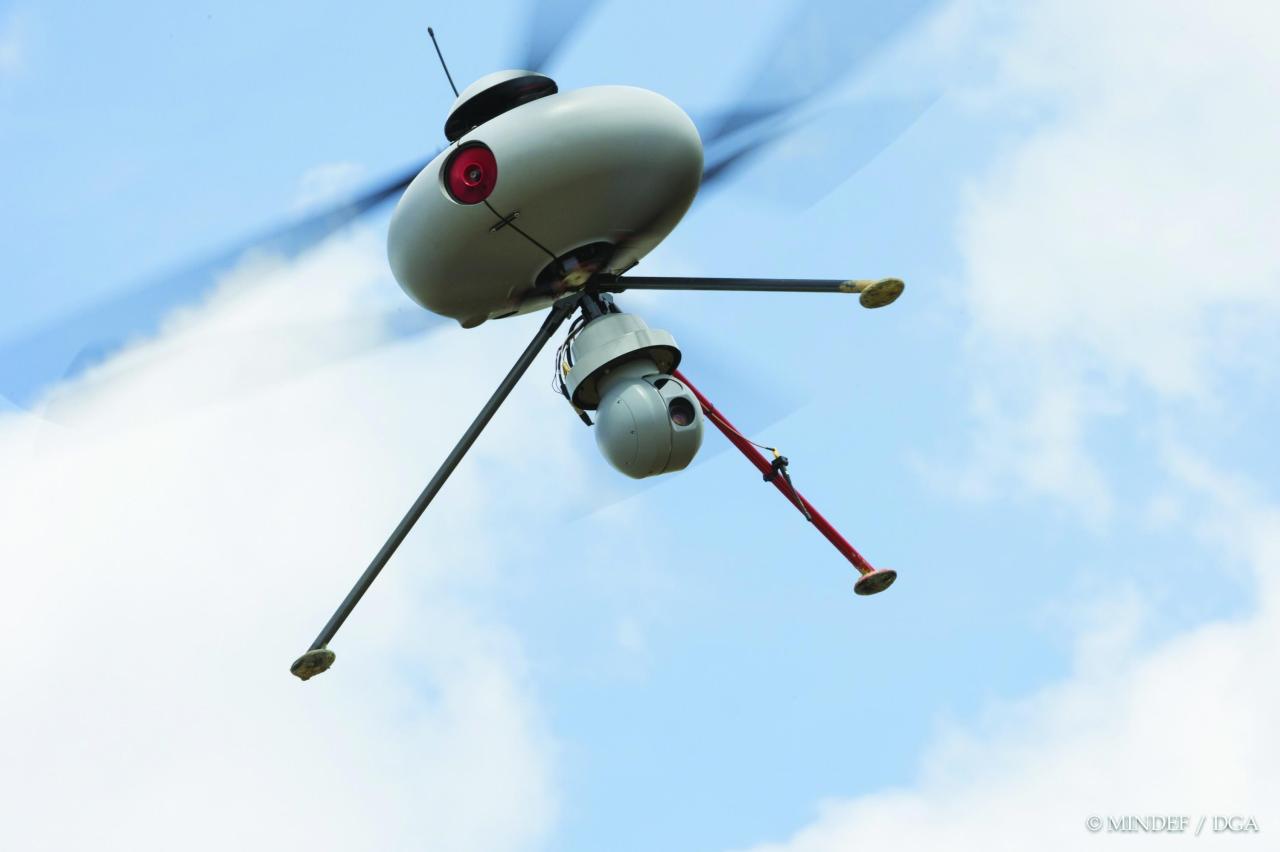Predator drones: These unmanned aerial vehicles have revolutionized modern warfare and sparked intense global debate. From their initial deployment as surveillance tools, they’ve evolved into sophisticated weapons systems capable of pinpoint strikes across vast distances. This exploration delves into the technological advancements, operational strategies, ethical considerations, and far-reaching political and economic consequences associated with these powerful machines.
We’ll examine the technological evolution of Predator drones, from their relatively basic origins to their current capabilities, including advanced sensors, communication systems, and increasingly autonomous operation. We’ll also analyze their role in military conflicts, counterterrorism efforts, and the significant ethical dilemmas they present. The economic impact, both in terms of costs and the influence of private companies, will be considered, alongside a discussion of public opinion and legal frameworks surrounding their use.
Predator drones, known for their military applications, are a far cry from the consumer-grade models you’ll find. However, understanding the technology behind them helps appreciate the advancements in civilian drones. Check out the range of options available from dji drone canada to see how far drone technology has come, even if they don’t pack the same firepower as their military counterparts.
The leap in capabilities from early models to today’s sophisticated drones is pretty remarkable, both in the military and consumer sectors.
Predator Drone Technology: A Deep Dive
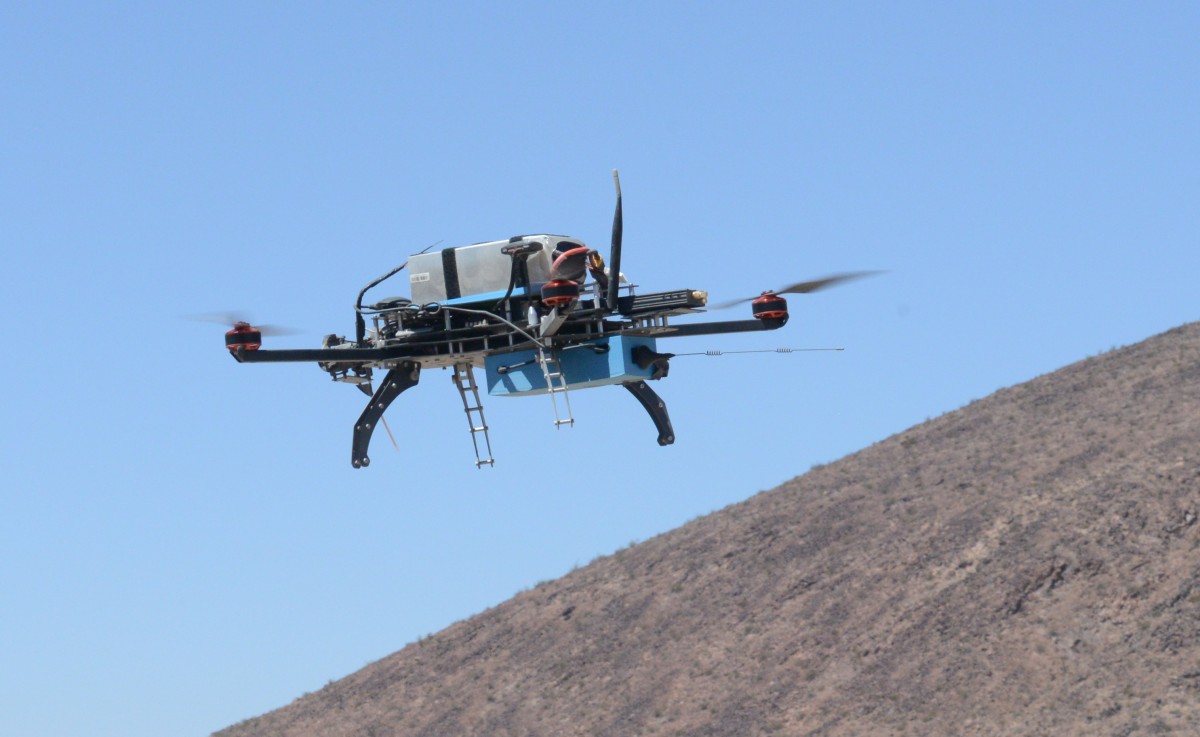
Predator drones have revolutionized modern warfare and intelligence gathering. Their evolution from relatively simple surveillance platforms to sophisticated, AI-assisted weapons systems is a testament to rapid technological advancement. This article explores the technological, operational, political, economic, and social aspects of these unmanned aerial vehicles (UAVs), providing a comprehensive overview of their impact on the world stage.
Technological Aspects of Predator Drones
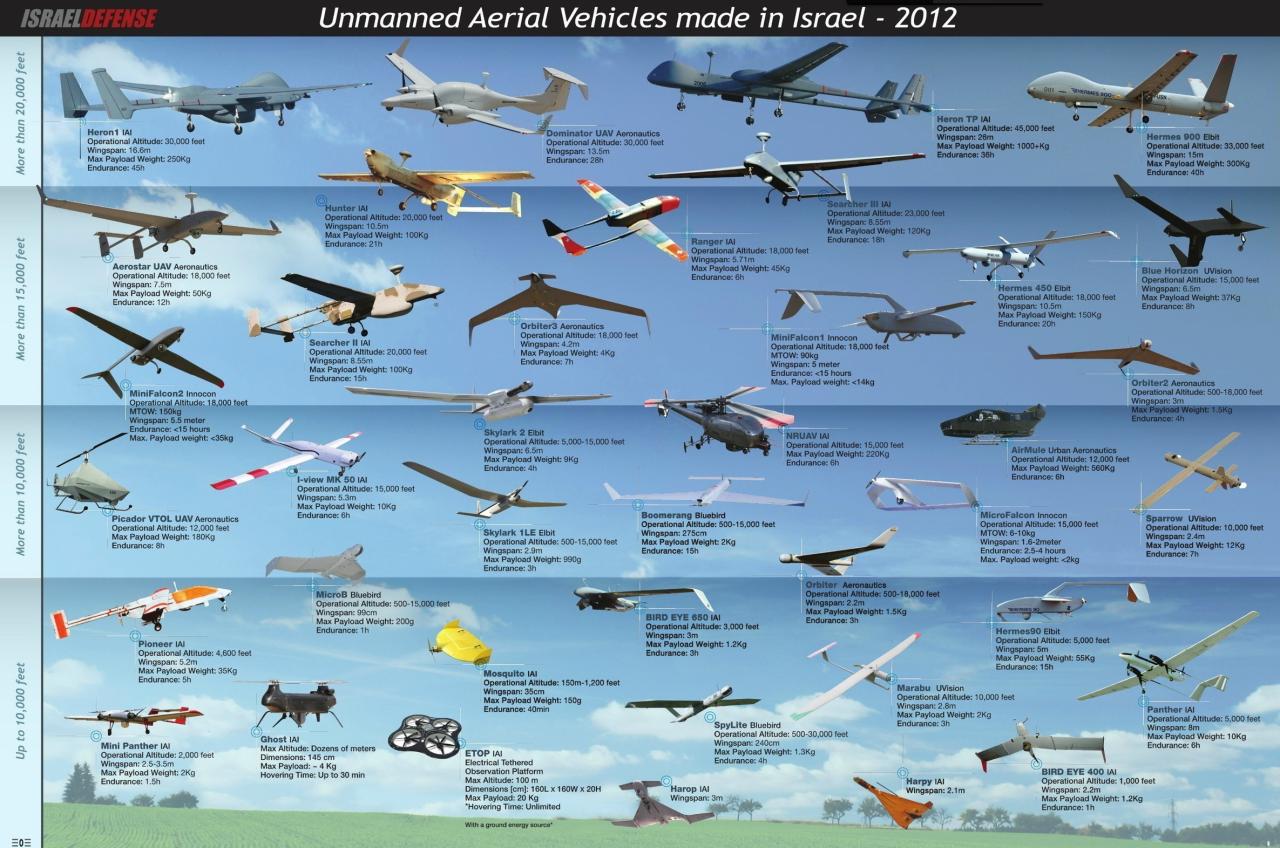
The evolution of Predator drone technology is marked by significant advancements in sensor technology, communication systems, and autonomous capabilities. Early models focused primarily on reconnaissance, but modern versions possess advanced weaponry and AI-driven decision-making capabilities.
Key technological components include high-resolution electro-optical/infrared (EO/IR) sensors for day and night surveillance, satellite communication systems for long-range data transmission, and precision-guided munitions for targeted strikes. Different Predator models, such as the MQ-1 Predator, MQ-9 Reaper, and the newer MQ-20 Avenger, offer varying payloads, ranges, and endurance capabilities.
Artificial intelligence (AI) plays an increasingly important role in modern Predator drone operations, enabling autonomous flight, target identification, and even limited decision-making in specific scenarios. However, ethical considerations surrounding autonomous weapons systems remain a significant area of debate.
| Model | Payload Capacity (lbs) | Range (nm) | Endurance (hrs) |
|---|---|---|---|
| MQ-1 Predator | 450 | 1200 | 40 |
| MQ-9 Reaper | 3,850 | 1,850 | 27 |
| MQ-20 Avenger | ~2000 | ~2000 | ~30 |
Operational Employment of Predator Drones
Predator drones are primarily used in military operations for reconnaissance, surveillance, and targeted strikes against enemy combatants and infrastructure. Their ability to operate remotely, at high altitudes, and for extended periods makes them a valuable asset in various conflict zones.
Ethical concerns surrounding the use of Predator drones in warfare are significant. The potential for civilian casualties and the lack of transparency in decision-making processes have raised concerns about accountability and the potential for abuse.
Successful missions have involved precise targeting of high-value targets, disrupting enemy operations, and gathering critical intelligence. Unsuccessful missions have highlighted the limitations of technology, the challenges of identifying targets accurately, and the potential for unintended consequences.
Predator drones, known for their military applications, represent a powerful, if controversial, side of unmanned aerial vehicles. But the world of drones extends far beyond military use; check out the exciting innovations showcased at drone paris to see how civilian drone technology is rapidly advancing. This civilian development helps shape the future of drone technology, even influencing the design and capabilities of future predator drones.
Predator drones play a crucial role in counterterrorism efforts, enabling the targeting of terrorist leaders and operatives, disrupting terrorist networks, and gathering intelligence to prevent future attacks. However, the effectiveness of Predator drones in counterterrorism remains a subject of ongoing debate.
The decision-making process for authorizing a Predator drone strike typically involves a complex chain of command, including intelligence gathering, target identification, legal review, and authorization by senior military or government officials.
Predator drones, those unmanned aerial vehicles, are pretty complex pieces of tech. Thinking about their AI-powered targeting systems makes you wonder about the broader implications of AI, especially when something like chatgpt down? happens – it highlights how reliant we’ve become on sophisticated algorithms, even outside of military applications. The potential for malfunctions in these systems, whether in a chat bot or a predator drone, is a serious concern.
Political and Social Implications of Predator Drones
The use of Predator drones has sparked intense political debates regarding sovereignty, international law, and the ethics of warfare. Concerns about the lack of transparency and accountability in drone strikes have led to calls for greater oversight and regulation.
The impact of Predator drone use on civilian populations is a major concern. The potential for civilian casualties and collateral damage raises serious ethical and legal questions. Different countries have varying legal frameworks governing the use of Predator drones, reflecting diverse interpretations of international law and national security interests.
Public opinion on Predator drone use varies significantly across different regions and cultures. While some view drones as a precise and effective tool for counterterrorism, others express strong opposition due to ethical and legal concerns.
- Arguments for continued use: Increased precision, reduced risk to military personnel, cost-effectiveness compared to manned aircraft, enhanced intelligence gathering.
- Arguments against continued use: Potential for civilian casualties, lack of transparency and accountability, potential for escalation of conflicts, ethical concerns about autonomous weapons systems.
Economic Aspects of Predator Drones
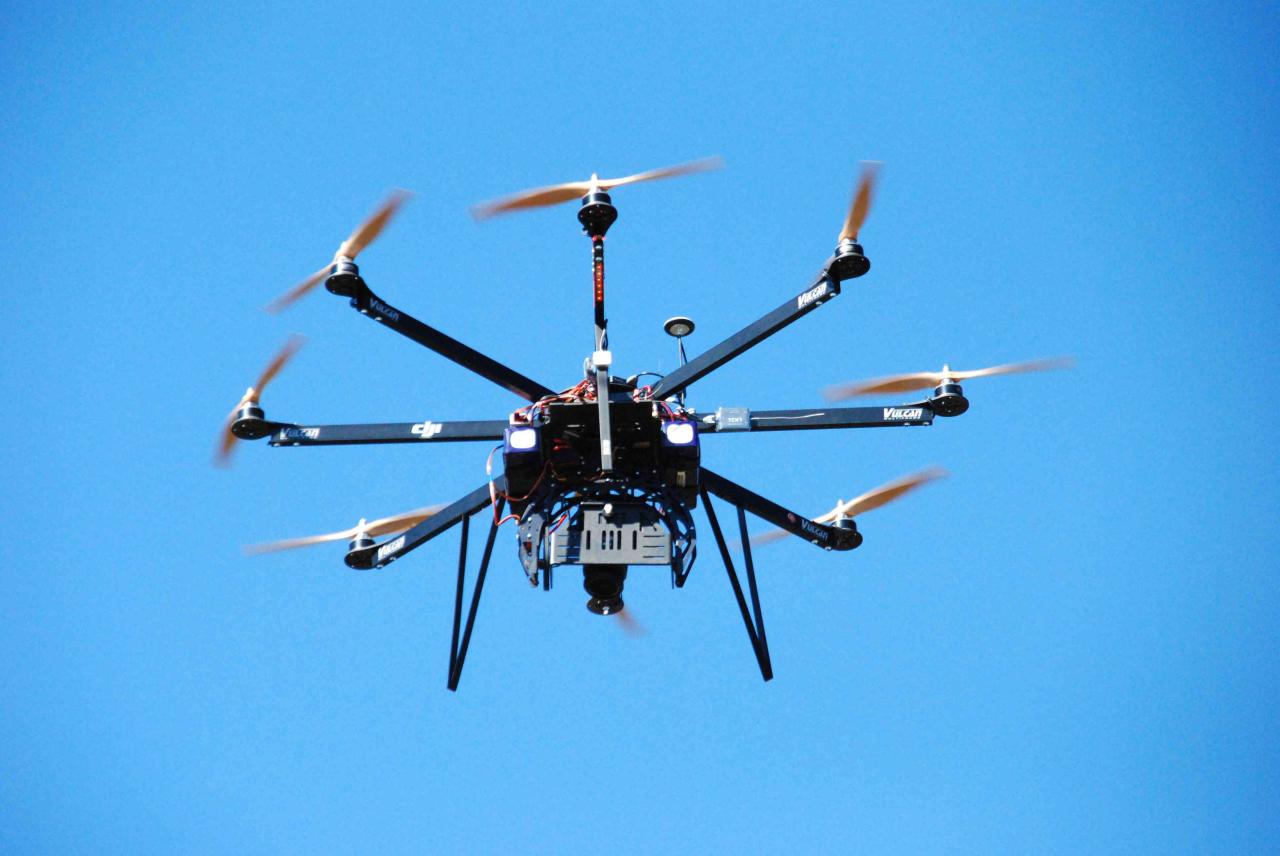
The development, production, and operation of Predator drones involve substantial costs, including research and development, manufacturing, maintenance, fuel, and personnel. However, proponents argue that the cost-effectiveness of Predator drones compared to traditional manned aircraft justifies their use.
Economic benefits include reduced military personnel costs, increased operational efficiency, and the potential for cost savings in the long run. However, the economic drawbacks include the high initial investment costs and the ongoing maintenance and operational expenses.
Private companies play a significant role in the Predator drone industry, designing, manufacturing, and maintaining these systems. This involvement raises questions about the potential for profit-driven motives to influence the use of these weapons.
| Cost Category | Estimated Cost (USD) |
|---|---|
| Aircraft Acquisition | $4-10 million (depending on model and configuration) |
| Maintenance | $100,000 – $500,000 per year |
| Fuel | Varies significantly based on mission length and altitude |
| Personnel | $100,000 – $500,000 per year per crew |
Illustrative Examples of Predator Drone Usage
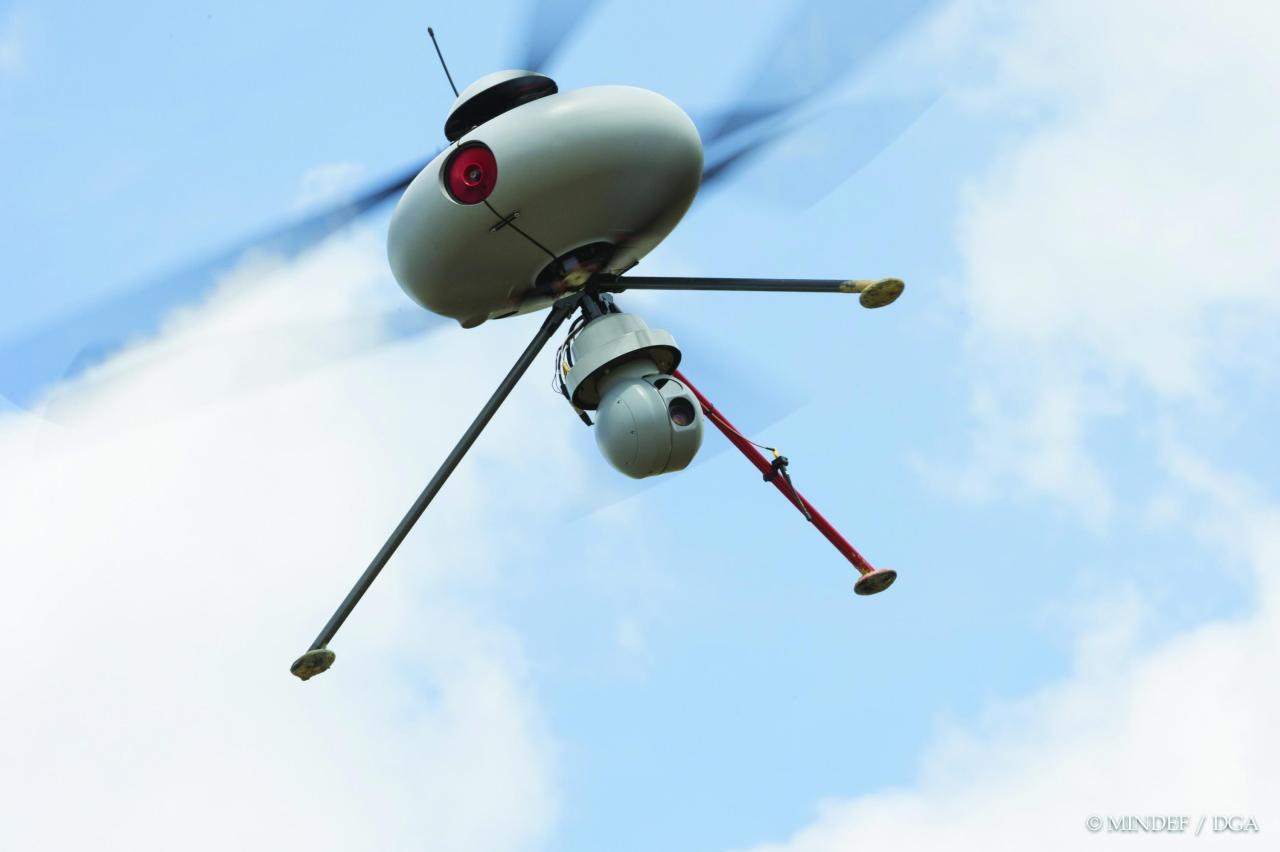
In one instance, a Predator drone successfully tracked and eliminated a high-value terrorist leader in a remote mountainous region. The drone’s high-resolution cameras provided real-time footage of the target’s movements, allowing operators to confirm his identity before launching a precision strike. The visual aspect showed a stark, rocky landscape, the target’s small encampment nestled among the boulders, and the precise impact of the missile, creating a small plume of dust and smoke against the arid background.
This mission demonstrated the drone’s ability to conduct targeted strikes in challenging environments with minimal risk to ground troops.
Conversely, another mission resulted in unintended civilian casualties. A Predator drone, operating under challenging weather conditions, misidentified a civilian vehicle as a potential enemy target. The resulting strike caused significant civilian casualties and generated widespread criticism. The visual aspect depicted a bustling marketplace, vibrant with color and activity, instantly transformed into chaos following the strike, with debris scattered across the scene and panicked civilians scrambling for cover amidst the smoke and dust.
This incident highlighted the limitations of drone technology and the need for robust verification procedures.
The contrasting outcomes of these two missions underscore the complexities of using Predator drones in warfare. Factors such as weather conditions, intelligence accuracy, and the operational environment all play a significant role in determining the success or failure of a mission. The need for stringent protocols and thorough analysis of potential collateral damage is crucial to mitigate the risks associated with the use of Predator drones.
Final Wrap-Up: Predator Drone
Predator drones represent a complex and multifaceted technological advancement with profound implications for global security and international relations. While offering significant strategic advantages in certain military contexts, their use raises serious ethical, legal, and political questions that demand ongoing scrutiny and debate. Understanding their capabilities, limitations, and consequences is crucial for navigating the evolving landscape of modern warfare and ensuring responsible technological development.
FAQs
What is the lifespan of a Predator drone?
The lifespan varies depending on usage and maintenance, but it’s typically several years.
How are Predator drone pilots trained?
Training is rigorous and involves extensive simulator time, along with real-world operational experience under supervision.
What are the environmental impacts of Predator drone operations?
Environmental impact is relatively low compared to manned aircraft, but fuel consumption and potential for accidents remain concerns.
Are there any international treaties specifically regulating the use of Predator drones?
There isn’t a single, comprehensive treaty, but various international laws and conventions apply, often creating grey areas.
